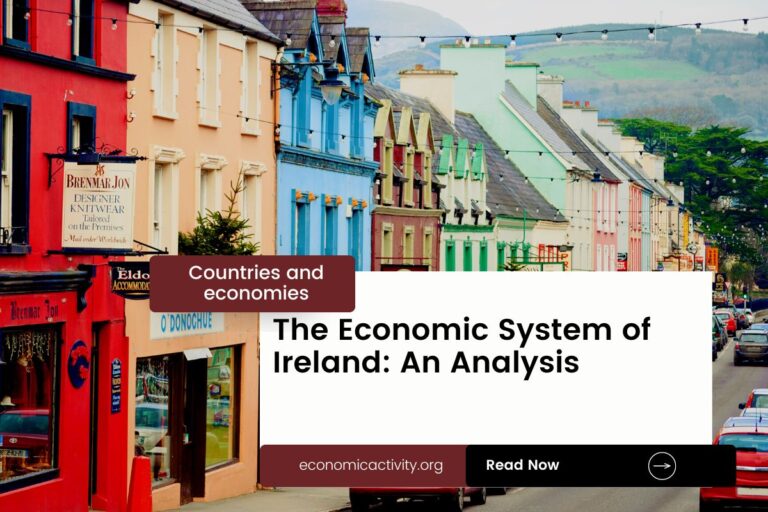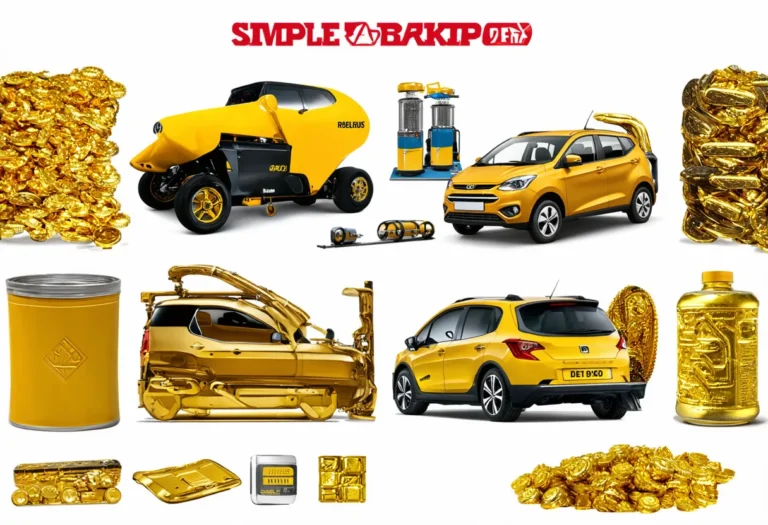Albania, with a population of 2,777,689, is ranked 133rd in the world, just behind Armenia. Located in Southeast Europe, it covers a total area of 28,750 square kilometers, ranking 134th globally, with Solomon Islands following closely behind.
Albania’s economic position in 2022 showcases a GDP of 18,916,378,860.55 USD, ranking it at 120 globally, trailing behind West Bank and Gaza with a GDP of 19,111,900,000 USD. The GDP per capita for Albania in 2022 stands at 6,810.11 USD, positioning it at 93 worldwide, just below Thailand with a GDP per capita of 6,909.96 USD.
Despite its ranking, Albania’s economy shows potential for growth and development in the coming years.
What are the economic activities of Albania?
- Primary activities: 21.7% of GDP.
- Secondary activities: 24.2% of GDP.
- Tertiary activities: 54.1% of GDP.

Primary Sector of Albania
Albania’s primary sector, particularly agriculture, thrives due to its favorable climate and abundant natural resources. With 41.47% of the country’s land dedicated to agriculture, Albania produces a diverse range of products including milk, maize, tomatoes, potatoes, watermelons, wheat, grapes, olives, cucumbers/gherkins, and onions.
Despite contributing 21.7% to the GDP, agriculture plays a crucial role in the economy by providing employment and sustaining rural livelihoods. The variety of crops and animal products highlight the sector’s significance, showcasing the country’s agricultural potential and resilience.
With a diverse geological landscape, Albania boasts abundant natural resources like petroleum, natural gas, coal, bauxite, and more. These resources play a vital role in the economy, especially in sectors such as energy, mining, and agriculture, contributing to the country’s overall development and growth.
Albania’s oil production of around 16,093 barrels per day places it at the 51st position in the world ranking. With oil reserves of 168,332,000 barrels, the country holds 0.01% of the world’s oil reserves, highlighting its significance in the global oil economic activity.
Albania’s gas production of 35 million m³ in 2020 ranks it 87th globally, supporting energy sector growth.
Secondary Sector of Albania
What is the secondary sector or what are secondary activities?
The secondary sector encompasses industries that transform raw materials from primary activities into finished products for consumption. In Albania, key industrial products include food, footwear, apparel, lumber, oil, cement, chemicals, basic metals, and hydropower. These goods are manufactured for both domestic use and export, contributing significantly to the country’s economy.
In 2023, Albania’s manufactures exports accounted for 34.51% of total exports, indicating their significance. However, their overall contribution to the economy may not be as crucial as other sectors due to diversification efforts.
Tertiary sector of Albania
What is the tertiary sector or what are tertiary activities?
The tertiary sector in Albania encompasses services that focus on knowledge and time to enhance productivity and meet needs. It includes intangible goods like advice and expertise, catering to both consumers and businesses. Key tertiary activities in Albania are restaurants, healthcare, education, banking, communication, tourism, and transportation.
Among these, Albania’s economy heavily relies on tourism, contributing significantly to its GDP. With over 6 million annual arrivals, popular destinations like the historic cities of Berat and Gjirokastër, along with the picturesque Albanian Riviera, attract visitors worldwide. Tourism plays a crucial role in driving Albania’s economic growth and development.
Another example of tertiary economic activity is the mobile cellular sector, which boasts approximately 2.8 million subscriptions, equating to about 98 per 100 inhabitants. This extensive connectivity fosters technological growth, enabling innovation and enhancing digital services across various industries.
Military Activities and Economic Sectors of Albania
The military is a clear example of many economic activities working together. The primary sector helps by providing resources needed for military use, like metals and fuels. The secondary sector is important too, as it manufactures military equipment. The tertiary sector includes services like training and logistics, while the quaternary sector focuses on research and development. Lastly, the quinary sector involves high-level decision-making and strategy for military operations.
In 2023, Albania’s military expenditure was $397.6 million, which is 1.58% of its GDP. The active military force consists of 8,500 personnel, resulting in about 3.5 active military members for every 1,000 people in the country.
International Trade of Albania
Import Activities of Albania

Albania’s high import activities, accounting for 47.75% of GDP, play a crucial role in meeting domestic demand and driving economic growth.
Albania’s main import activities include refined petroleum, garments, electricity, cars, and raw iron bars. Its top import partners are Italy (25%), Turkey (14%), Greece (12%), China (10%), and Germany (5%).
Exports Activities of Albania

Albania’s total exports in 2023 amounted to $7.07 billion, making up 37.4% of its GDP. This high percentage highlights the significant importance of export activities in driving the country’s economic growth and stability.
Albania primarily exports garments, footwear, iron alloys, electricity, and crude petroleum. Its main export partners are Italy (41%), Greece (10%), Spain (7%), Germany (5%), and China (4%).
Albania economy challenges in 2024
Albania, an upper-middle-income Balkan economy, faces challenges in weak governance, corruption, and climate adaptation. Despite growth from tourism and services, fiscal consolidation is needed to address public debt. The country also grapples with vulnerability to energy shocks and emigration of workers. As an EU accession candidate, Albania strives for progress amidst these obstacles in 2024.




Leave a Reply